Downloads
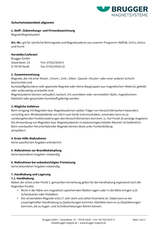
Safety data sheet
Download safety data sheet
pdf

Mission statement and image
Our mission statement
pdf

Handling magnets
Handling instructions
pdf
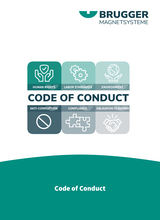
Leaflets
Code of conduct
pdf
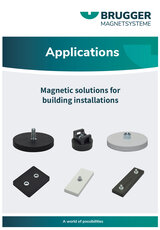
Leaflets
Magnetic applications in building installations
pdf
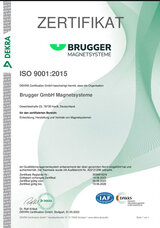
Certificates
ISO certificates
pdf
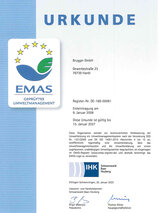
Certificates
EMAS certificate
pdf
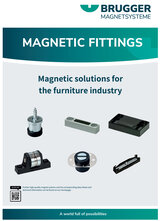
Leaflets
Magnetic solutions for the furniture industry
pdf
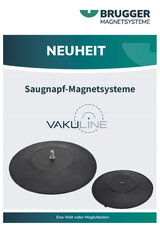
Leaflets
Novelty - vakuLINE
pdf
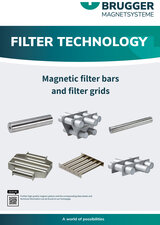
Leaflets
Magnetic filter bars and filter grids
pdf
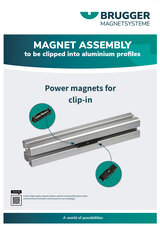
Leaflets
Aluminum profile systems
pdf
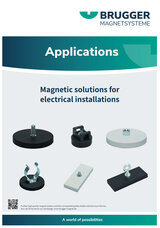
Leaflets
Magnetic solutions for electrical installations
pdf
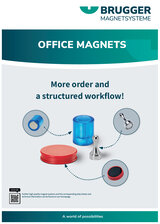
Leaflets
Office magnets - for more organization
pdf
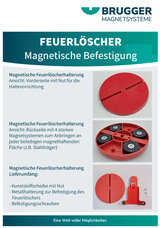
Handling magnets
Assembly instructions for fire extinguisher holder
pdf
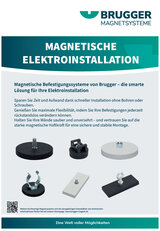
Leaflets
Magnetische Elektroinstallation
pdf

Mission statement and image
BRUGGER image brochure
pdf